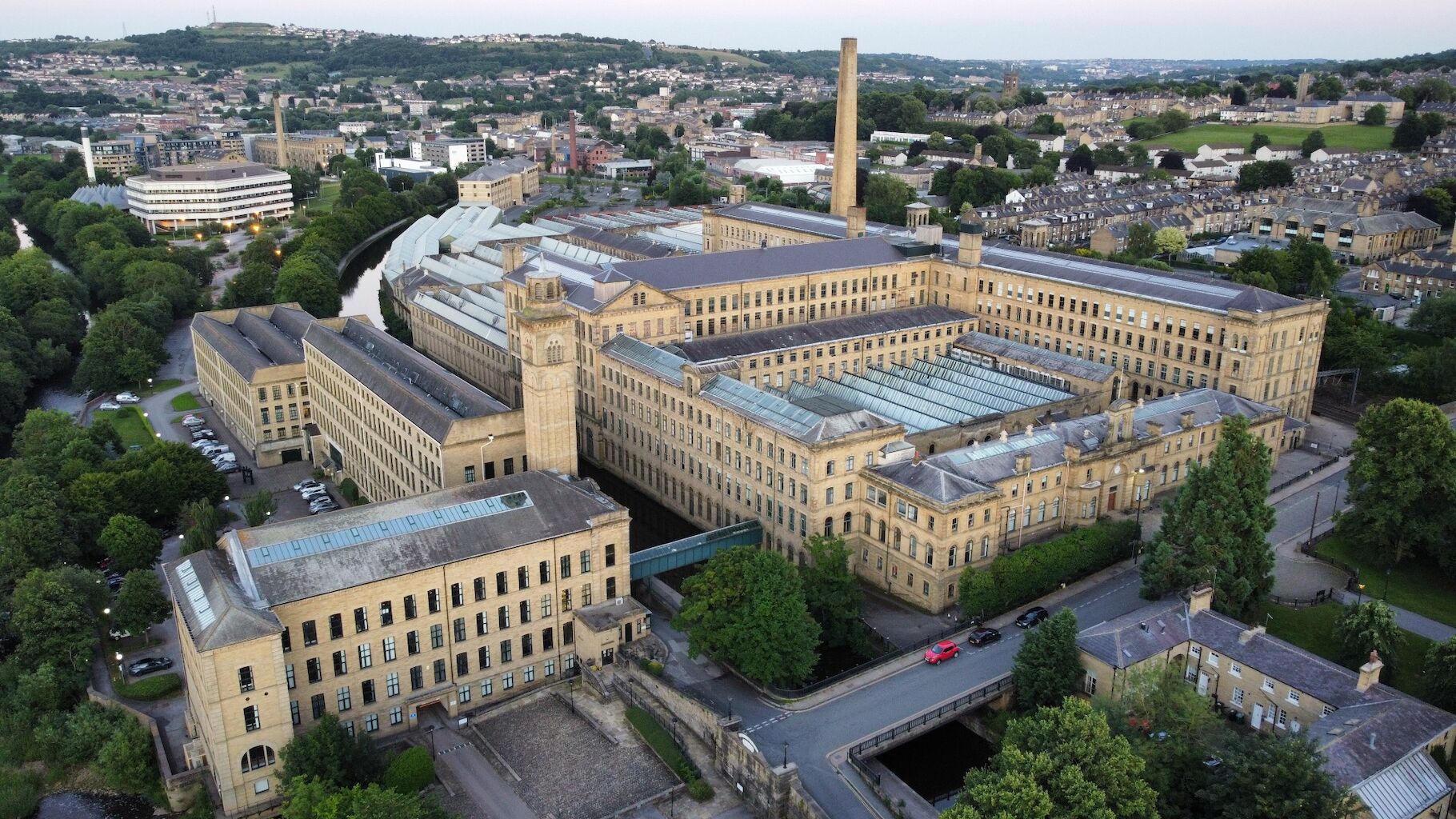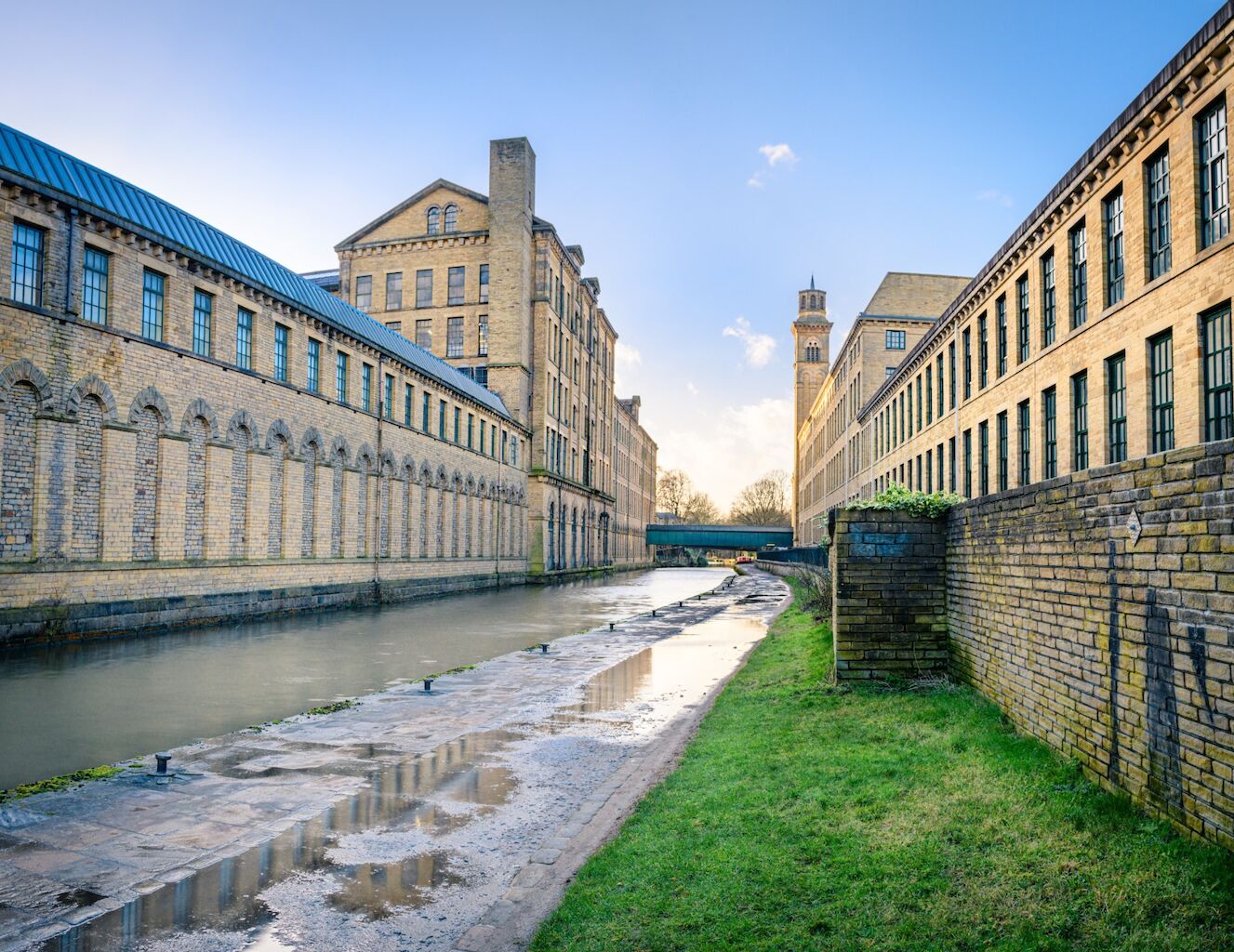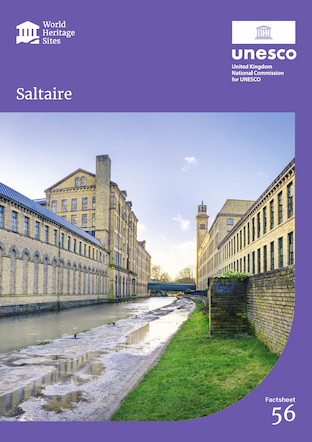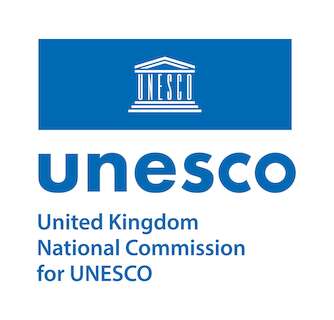Saltaire
Saltaire, West Yorkshire, is a complete and well-preserved industrial village of the second half of the 19th century. Its textile mills, public buildings and workers' housing are built in a harmonious style of high architectural standards and the urban plan survives intact, giving a vivid impression of Victorian philanthropic paternalism, which had a profound influence on developments in industrial social welfare and urban planning in the United Kingdom and beyond.
What makes this UNESCO Designation special?
Saltaire takes its name from its founder, Sir Titus Salt (1803-1876), and the River Aire, which runs through the village.
Titus Salt made his fortune in the Bradford textile industry, manufacturing fine woollen fabrics. Determined to escape the polluted and overcrowded town centre for greener pastures, he made a bold decision to relocate his business and his employees.
Local architects, Henry Lockwood and Richard Mawson, were employed to plan a new community where Salt’s workforce would be healthier, happier and more productive. Work began in 1851 and continued until 1876. Salts Mill, a vast and ultra-efficient textile factory, was the first building to be complete in 1853.
Lockwood and Mawson designed the entire village in a classical style, inspired by the Italian Renaissance. Their finest work was the Saltaire Congregational Church (now the United Reformed Church), set in a spacious landscaped garden. Its ornamental belltower can be seen in views throughout the village. The village comprised of over 800 high quality homes, two churches, a school, adult education institute, park, hospital, baths and wash house and almshouses for the elderly. Today Saltaire village is home to a vibrant modern community and Salts Mill is a magnificent hub for arts and culture.










